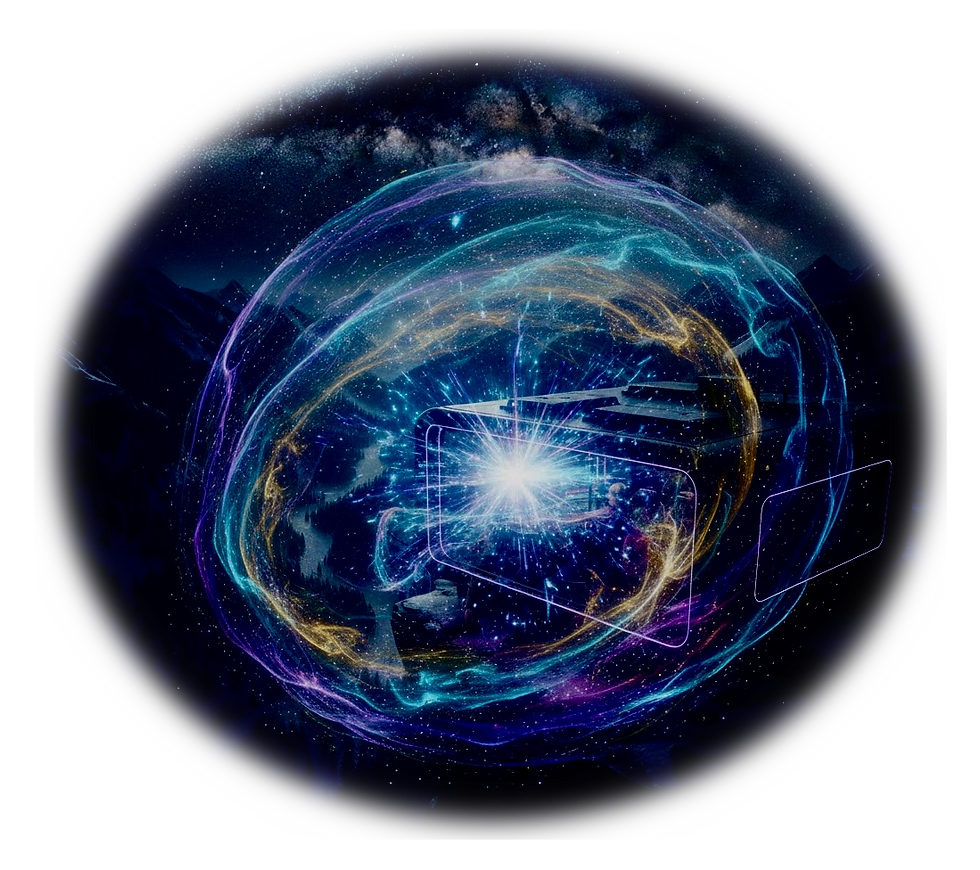Systems Dreaming
- JC Summars

- Nov 3
- 3 min read
Updated: Nov 5
Homesteading off grid, especially in remote wilderness environments, brings about interesting hyper-awareness of, and dreaming about, systems supporting such a homestead. Access system, water system, septic system, and heating/cooling system are the highest priority systems one must be aware of, dream about, and properly implement if one wants to succeed at living well away from civilized places where these essential systems are provided as public works, utilities, and standard appliances utilizing pay-for-use goods and services in a typical urban/suburban/rural home. Power system and communications system are secondary concerns when living off grid since electrical power is not absolutely necessary for sustaining life, as our pioneering ancestors demonstrated when they seized and settled wild lands with little more than weapon, knife, axe and shovel at hand; and neither are communications, as many reclusive hermits have so soundly demonstrated throughout recorded history living away from it all, including society's incessant blabbering and jabbering.
My systems dreams go wild sometimes, including such non-essential systems beyond power and communications to creative systems (like recording studio systems) and observational systems which can be as basic and simple as a video surveillance system for security observation purposes, and trail cams strategically deployed at various places around the property for biome-interest observations. But the wildest observational system I've dreamed of having as part of my off-grid wilderness homestead someday has been a personal radio telescope and everything required to put it to use observing stuff far far beyond my little homestead parcel's boundaries. These days such a telescope with good, solid mount for it can be purchased and installed for about $75K, totally within reach, economically speaking.

Dreaming about things I could learn from radio telescope observations is as intoxicating as it is mind boggling. I would also need to acquire a lot of related kit as well as new knowledge and skills to put the telescope to satisfying use as electromagnetic waves bounced off its focusing dish into horn for realtime storage of cosmic telemetry filling petabytes of storage space in the massive network storage array I would certainly need for that–yet another system in and of itself to dream about.
Aside from fundamental radio astronomy skills and data processing and analysis skills (which I have a few decades of practical, hands-on experience with already), I would need to acquire and hone knowlege and skills surrounding astrophysical concepts as well as radio telescope operations and maintenance procedures. A high-rez software radio-defined reciever (SDR) would be essential for tuning to target frequencies and digitizing signals over sufficient bandwidths. A precise timing system would also be required for accurate time-stamping and frequency calibration of collected radio signal spectra. And of course, a kickass, high performance computing system for processing massive data streams from the SDR in real-time and post processing those outputs in spectral analysis sessions. My advanced mathematics and numerical analysis skills would need significant enhancement, too.
Upon successful frequency selection, telescope alignment, noise calibration, and radio frequency interference mitigation, I would then have to perform sensitive drift scans and/or pointed observations across key sky coordinates in the region of space I might be interested in. If, for instance, characteristics of the heliopause was my focus, I would tune into the local interstellar cloud (LIC) which interacts with the heliopause and observe long periods (hours) of integration times of signals from the LIC, very likely employing On-Source and Off-Source observational technique to subtract noise and atmospheric contributions.
Then comes the mathematics and data processing in the form of spectral averaging of time-series spectra and doppler shift analysis of the 21-cm line from the rest frequency due to motion of hydrogen gas relative to Earth.

A formula calculating radial velocity (vr) from the rest frequency (frest) and frequency observed (fobs), where c is the speed of light might be a viable calculation to apply via numerical analysis algorithm leveraged on the massive data set collected by the radio telescope observation system for obtaining meaningful results programatically:
Whew! Makes my brain weary just systems dreaming about it all.



Comments